
French postcard by Editions La Malibran, Paris / Saint-Dié, no. CF 22. Raimu, Fernand Charpin, Paul Dullac and Robert Vattier in Marius (Alexander Korda, 1931), written by Marcel Pagnol. Caption: The card game.
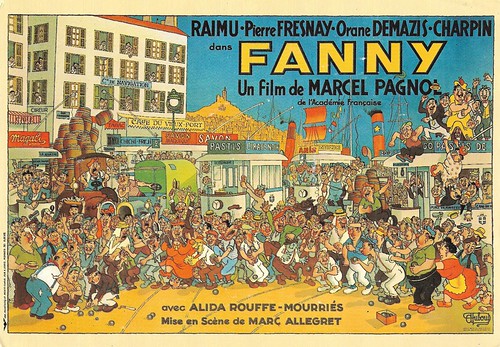
French postcard by CPM / Jean Dubout, 1982. Poster (1950) by Albert Dubout for Fanny (Marc Allégret, 1932), based on the play by Marcel Pagnol.

French postcard by Crépa, Editeur, Paris. Photo: Pierre Méré. Gabriel Gabrio as Panturle Regain/Harvest (Marcel Pagnol, 1937).
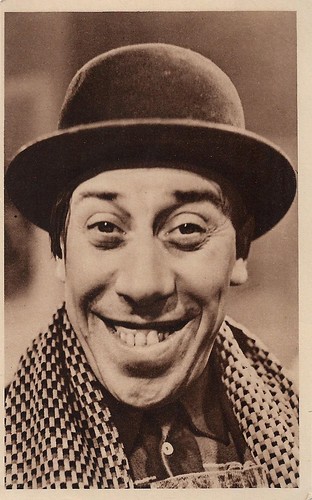
French postcard. Photo: Les Films Marcel Pagnol. Fernandel in Regain (Marcel Pagnol, 1937).
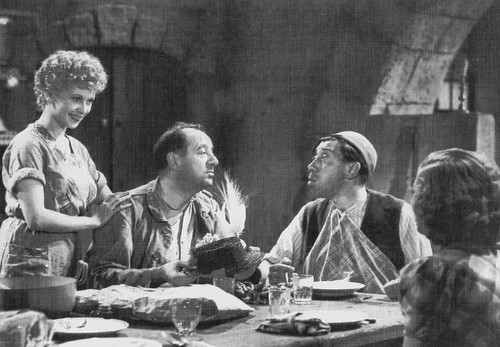
French postcard in the Raimu series by MPC (Marcel Pagnol Com), no. 46. Raimu, Fernandel and Josette Day in La fille du Puisatier (Marcel Pagnol, 1940), written by Marcel Pagnol.
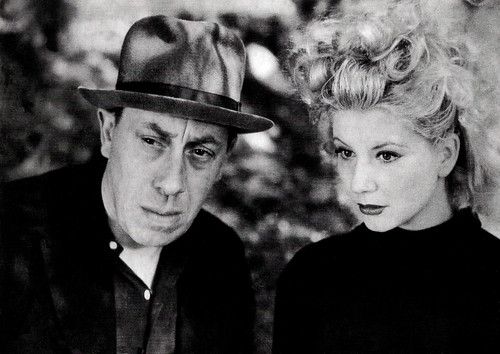
French postcard by MPC (Marcel Pagnol Com), no. 39. Photo: Henri Moiroud. Fernandel and Jacqueline Pagnol in Nais (Raymond Leboursier, Marcel Pagnol, 1945).
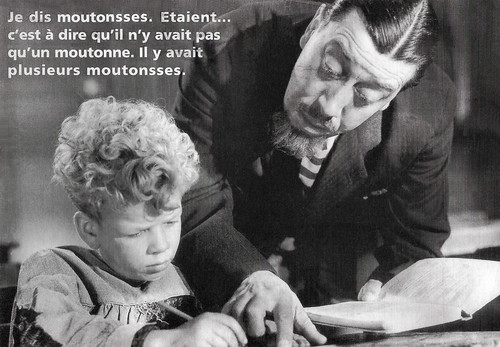
French postcard by DR MPC (Marcel Pagnol Com), no. 19. Photo: Pierre Mère. Fernandel and Michel Malloire in Topaze (Marcel Pagnol 1951).
Illuminating the provincial life of the lower class
Marcel Pagnol was born in 1895 in Aubagne, in southern France near Marseille He was the eldest son of schoolteacher Joseph Pagnol and seamstress Augustine Lansot. Pagnol grew up in Marseille with his younger brothers Paul and René, and younger sister Germaine. At secondary school in Marseille, he and some fellow pupils founded the magazine Fortunio, later Cahiers du Sud. In 1915, he was a reserve teacher at several schools. From 1923 to 1926, he was an English teacher at the Lycée Condorcet in Paris.
Pagnol began writing plays in 1922. The first ones remained unpublished. Together with his school friend Paul Nivoix, he wrote ‘Les Marchands de la Gloire’ in 1925. A year later, he wrote ’Jazz’, which became his first success. In 1928, he became known to the general public with ‘Topaze’, the play that marked his final breakthrough. It tells the story of a modest school teacher who is fired for being too honest and decides to become a dishonest businessman. Exiled in Paris, Pagnol returned nostalgically to his Provençal roots, taking this as his setting for his play ‘Marius’ (1929), which appeared a year later and also struck a chord with the general public. The follow-up play ‘Fanny’ (1932) appeared in the following years.
In 1929, on a visit to London, Marcel Pagnol attended a screening of one of the first talking films and he was so impressed that he decided to devote his efforts to cinema. He contacted Paramount Picture studios and suggested adapting his play ‘Marius' for cinema. The film was directed by Alexander Korda and released on 10 October 1931. Marius (Alexander Korda, 1931, starring Raimu, Pierre Fresnay and Orane Démazis, became one of the first successful French-language talking films. It was soon followed by the sequel Fanny (Marc Allégret 1932). Like Marius, the film was a box office success in France and is still considered to be a classic of French cinema.
In 1932 Pagnol founded a film production studio in the countryside near Marseille. He directed Jofroi (Marcel Pagnol, 1934) starring Vincent Scotto as a man who has sold his orchard. When the new owner wants to cut the trees down, the former owner threatens suicide. The film is based on the short story ‘Jofroi de la Maussan’ by Jean Giono. Over the next decade, Pagnol produced his own films, taking many different roles in the production – financier, director, scriptwriter, studio head, and foreign-language script translator – and employing the greatest French actors of the period.
Wikipedia: “In his films, Pagnol transfers his playwriting talents onto the big screen. His editing style is somberly reserved, placing emphasis on the content of an image. As a pictorial naturalist, Pagnol relies on film as art to convey a deeper meaning rather than solely as a tool to tell a story. Pagnol also took great care in the type of actors he employed, hiring local actors to appear in his films to highlight their unique accents and culture. Like his plays, Pagnol's films emphasize dialogue and musicality. The themes of many of Pagnol's films revolve around the acute observation of social rituals. Using interchangeable symbols and recurring character roles, such as proud fathers and rebellious children, Pagnol illuminates the provincial life of the lower class."

French postcard, Jean Dubout 1982, D2. 1950 poster by Albert Dubout for Marius (Alexander Korda, 1931), adapted from the play by Marcel Pagnol.
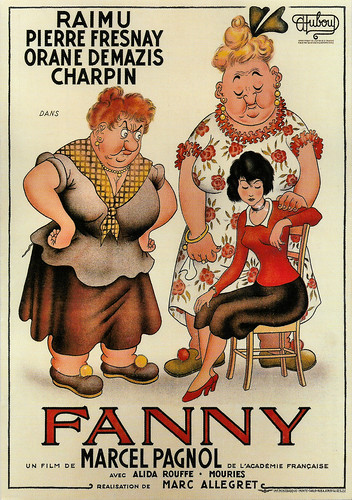
French postcard by Jean Dubout, Paris, 2009, D 49. Poster design by Albert Dubout (1950) for a re-issue of Fanny (Marc Allegret, 1932), written by Marcel Pagnol.

French postcard in the Encyclopédie du Cinéma series by ADAGP, Paris, 1999 / Carterie Artistique et Cinématographique, Pont du Casse, no. EDC 1088, Vis. 4. Poster design by Albert Dubout for César (Marcel Pagnol, 1936), written by Marcel Pagnol.

French postcard in the Encyclopédie du Cinéma series by Carterie Artistique et Cinématographique, Pont du Casse, no. EDC 2185, Vis. 01 FR. Poster design by Albert Dubout for Le Schpountz/Heartbeat (Marcel Pagnol, 1937) with Fernandel and Orane Demazis.

French postcard in the Encyclopédie du Cinéma series by ADAGP, Paris, 1999 / Carterie Artistique et Cinématographique, Pont du Casse, no. EDC 1102, Vis. 01 FR. Poster design by Albert Dubout for La fille du puisatier/The Well-Digger's Daughter (Marcel Pagnol, 1940) with Raimu and Fernandel.
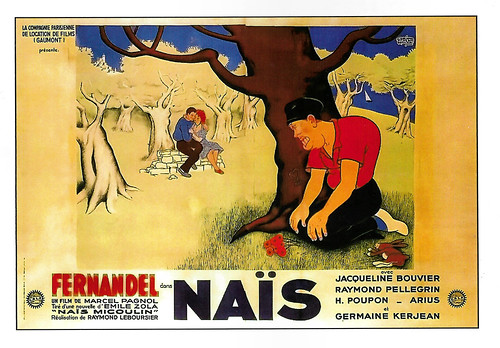
French postcard in the Encyclopédie du Cinéma series by ADAGP, Paris, 1999 / Carterie Artistique et Cinématographique, Pont du Casse, no. EDC 1285, Vis. 2. Poster design by Albert Dubout for Naïs (Raymond Lebourdier, Marcel Pagnol, 1945) with Fernandel.

French postcard in the Encyclopédie du Cinéma series by Carterie Artistique et Cinématographique, Pont du Casse, no. EDC 1270, Vis. 03 FR R. 02. Poster design by Albert Dubout for Manon des sources/Manon of the Spring (Marcel Pagnol, 1952).
Pagnol's affectionate reminiscences of childhood
In 1945, Marcel Pagnol remarried Jacqueline Bouvier, who starred in some of his later films under the name Jacqueline Pagnol. They had two children together, Frédéric (born 1946) and Estelle (born 1949). Estelle died at the age of two. Pagnol was so devastated that he fled the south and returned to live in Paris.
He returned to writing plays, but after his next piece was badly received he decided to change his job once more and began writing a series of autobiographical novels – ‘Souvenirs d'enfance’ – based on his childhood experiences. In 1957, the first two novels in the series, ‘La gloire de mon père’ and ‘Le château de ma mère’ were published to instant acclaim. The third ‘Le Temps des secrets’ was published in 1959, and the fourth’ Le Temps des Amours’ was to remain unfinished and was not published until 1977, after his death.
In the meantime, Pagnol adapted his own film Manon des Sources (Marcel Pagnol, 1952) into two novels, 'Jean de Florette' and 'Manon des Sources', collectively titled ‘L'eau des collines’. The novels focused on the machinations of Provençal peasant life at the beginning of the twentieth century and were published in 1962.
In 1946, Pagnol was elected to the Académie Française, taking his seat in March 1947. He was the first filmmaker to receive this honour. Marcel Pagnol died in 1974 in Paris at the age of 79. He is buried in Marseille at the cemetery La Treille.
Since his death, many of his works have been adapted into films. In 1986, 'Jean de Florette' and 'Manon des Sources' were adapted by filmmaker Claude Berri. In 1990, 'La gloire de mon père' and 'Le château de ma mère', Pagnol's affectionate reminiscences of childhood, were filmed by Yves Robert. In 2000, Jacques Nahum produced 'Marius', 'Fanny', and 'César' for French television. In 2011, 'La fille du puisatier' was filmed by Daniel Auteuil. In 2013, 'Marius' and 'Fanny' were remade by Daniel Auteuil. In 2022, 'Le Temps Des Secrets' was adapted and filmed by Christophe Barratier.

French postcard in the Raimu series by MPC (Marcel Pagnol Com), no. 11. Pierre Fresnay and Orane Démazis in Marius (Alexander Korda, 1931), written by Marcel Pagnol.

French postcard by MPC (Marcel-Pagnol.com), no. 21. Photo: Roger Foster. Orane Démazis, Alida Rouffe and Milly Mathis in Fanny (Marc Allegret, 1932), written by Marcel Pagnol.
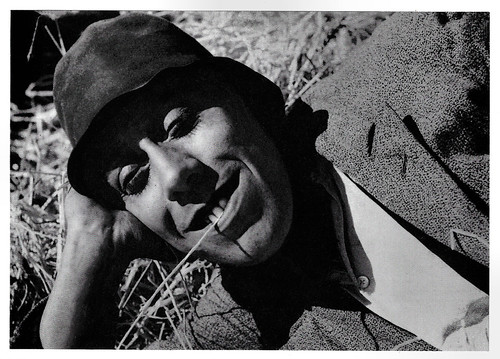
Swiss postcard by News Productions, Baulmes, no. 56505. Photo: Cinémathèque Suisse. Fernandel in Angèle (Marcel Pagnol, 1934).

French postcard by MPC (Marcel-Pagnol.com), no. 20. Fernandel and Orane Démazis in Regain/Harvest (Marcel Pagnol, 1937).
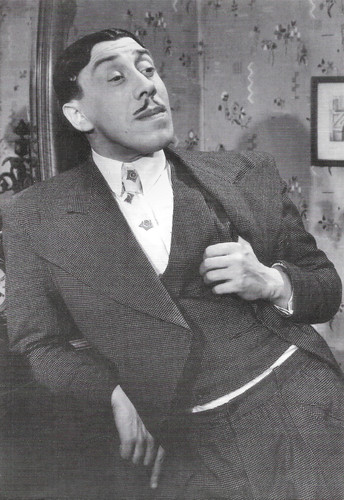
French postcard by DR MPC (Marcel Pagnol Com), no. 7. Photo: Roger Corbeau. Fernandel in Le Schpountz/Heartbeat (Marcel Pagnol, 1938).

French postcard in the Raimu series by MPC (Marcel Pagnol Com), no. 36. Photo: Roger Corbeau. Raimu and Ginette Leclerc in La femme du boulanger/The Baker's Wife (Marcel Pagnol, 1938).

French postcard in the Raimu series by MPC (Marcel Pagnol Com), no. 33. Fernandel and Raimu in La fille du Puisatier/The Well-Digger's Daughter (Marcel Pagnol, 1940), written by Marcel Pagnol.
Sources: Wikipedia (Dutch and English) and IMDb.
No comments:
Post a Comment